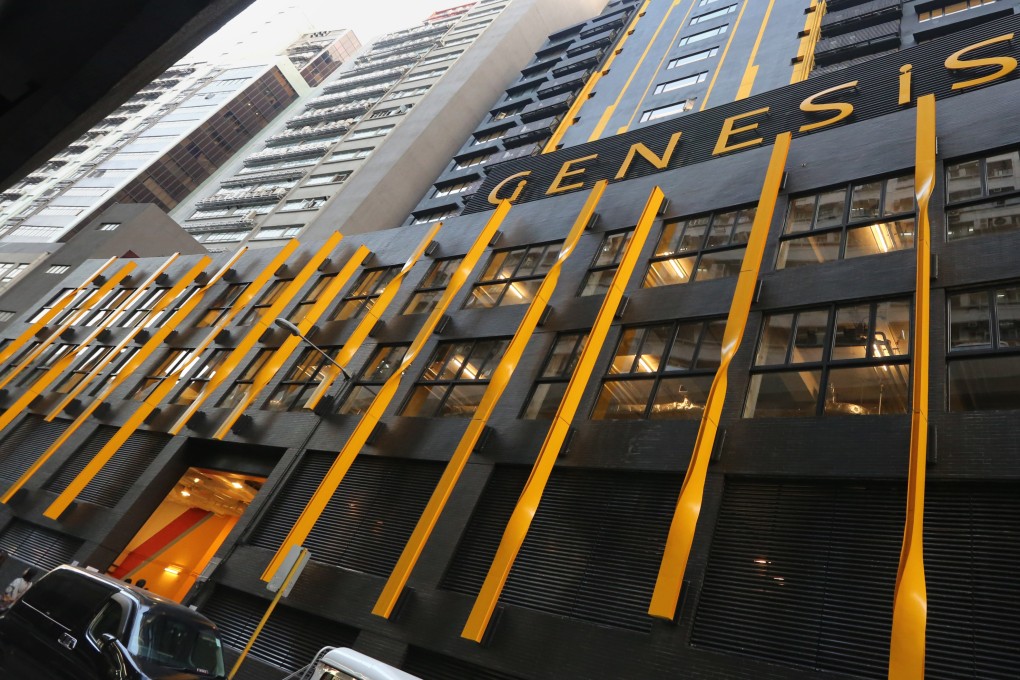Advertisement
Opinion | Hong Kong should emulate New York to solve its housing crisis by rezoning unused buildings
- New York’s approach is focused on rezoning unused office buildings into flats, something Hong Kong can do with empty industrial and quarantine buildings
- John Lee should use his executive powers to enforce a housing policy for the people and deliver long-overdue affordable homes
Reading Time:3 minutes
Why you can trust SCMP
4

New York City Mayor Eric Adams, like Chief Executive John Lee Ka-chiu, is a former police officer. Adams and Lee both took office last year, and they share one more thing in common – the daunting task of trying to solve a housing crisis in one of the world’s most expensive cities.
Adams’ solution is focused on rezoning unused offices into flats over the next decade as New York, like Hong Kong, faces a deepening housing affordability crisis at a time when offices are severely underused. Covid-19 upended the commercial real estate market, and the new normal of working from home has left vast amounts of office space dormant.
The New York City Office Adaptive Reuse Study was released in January, based on the findings of a study by a coalition of real estate professionals and government agencies. Dan Garodnick, chairman of the city’s planning commission, said in the study that: “As our important commercial districts evolve in response to the last two years, we want to ensure that outdated office buildings can be converted to more in-demand uses, such as desperately needed homes for New Yorkers.”
Lee can approach Hong Kong’s housing crisis in a similar manner. Abandoned and empty industrial buildings, schools and other public and private buildings can be rezoned for affordable public and private housing.
The central business districts of both New York and Hong Kong are islands. Together with their outlying areas, both contain many abandoned building spaces that can be repurposed for housing.
Hong Kong encourages the conservation of its large stock of more than 1,000 industrial buildings. This policy not only repurposes the buildings but reduces construction and demolition waste. One of the conditions requires that 10 per cent of the floor area of such conversions be allocated for “specific uses”.
Advertisement

